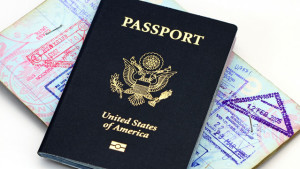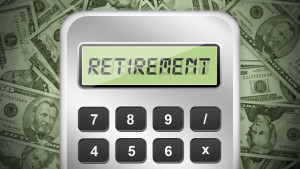 Today’s top story: The cheapest ways to fly to Hawaii using points and miles. Also in the news: 5 things to know about the Platinum Delta SkyMiles business credit cards, why you should use caution with buy-now, pay-later platforms, and see how the Democratic candidates tax plans would affect you.
Today’s top story: The cheapest ways to fly to Hawaii using points and miles. Also in the news: 5 things to know about the Platinum Delta SkyMiles business credit cards, why you should use caution with buy-now, pay-later platforms, and see how the Democratic candidates tax plans would affect you.
The Cheapest Ways to Fly to Hawaii Using Points and Miles
Aloha!
5 Things to Know About the Platinum Delta SkyMiles Business Credit Card
Especially handy for small business owners.
Use caution with buy-now, pay-later platformsInstant gratification can have long-term consequences.
See How the Democratic Candidates’ Tax Plans Would Affect You
A look into the political future.
 Today’s top story: SmartMoney podcast on how to pay off debt faster. Also in the news: What to expect when requesting a credit limit increase, why you should always pay in local currency when traveling, and 10 money mistakes millennials should avoid.
Today’s top story: SmartMoney podcast on how to pay off debt faster. Also in the news: What to expect when requesting a credit limit increase, why you should always pay in local currency when traveling, and 10 money mistakes millennials should avoid. Today’s top story: Is Premium Economy airfare worth the money? Also in the news: 6 common retirement mistakes and the simple solution to all of them, credit cards that go beyond rewards to cover travel costs, and how to protect your finances if you’re worried about a recession.
Today’s top story: Is Premium Economy airfare worth the money? Also in the news: 6 common retirement mistakes and the simple solution to all of them, credit cards that go beyond rewards to cover travel costs, and how to protect your finances if you’re worried about a recession. Today’s top story: 5 cheaper alternatives to popular vacation spots. Also in the news: How credit unions fit in your financial life, how to prepare for an economic downturn, and the fee the IRS is waiving for more than 400,000 filers.
Today’s top story: 5 cheaper alternatives to popular vacation spots. Also in the news: How credit unions fit in your financial life, how to prepare for an economic downturn, and the fee the IRS is waiving for more than 400,000 filers.